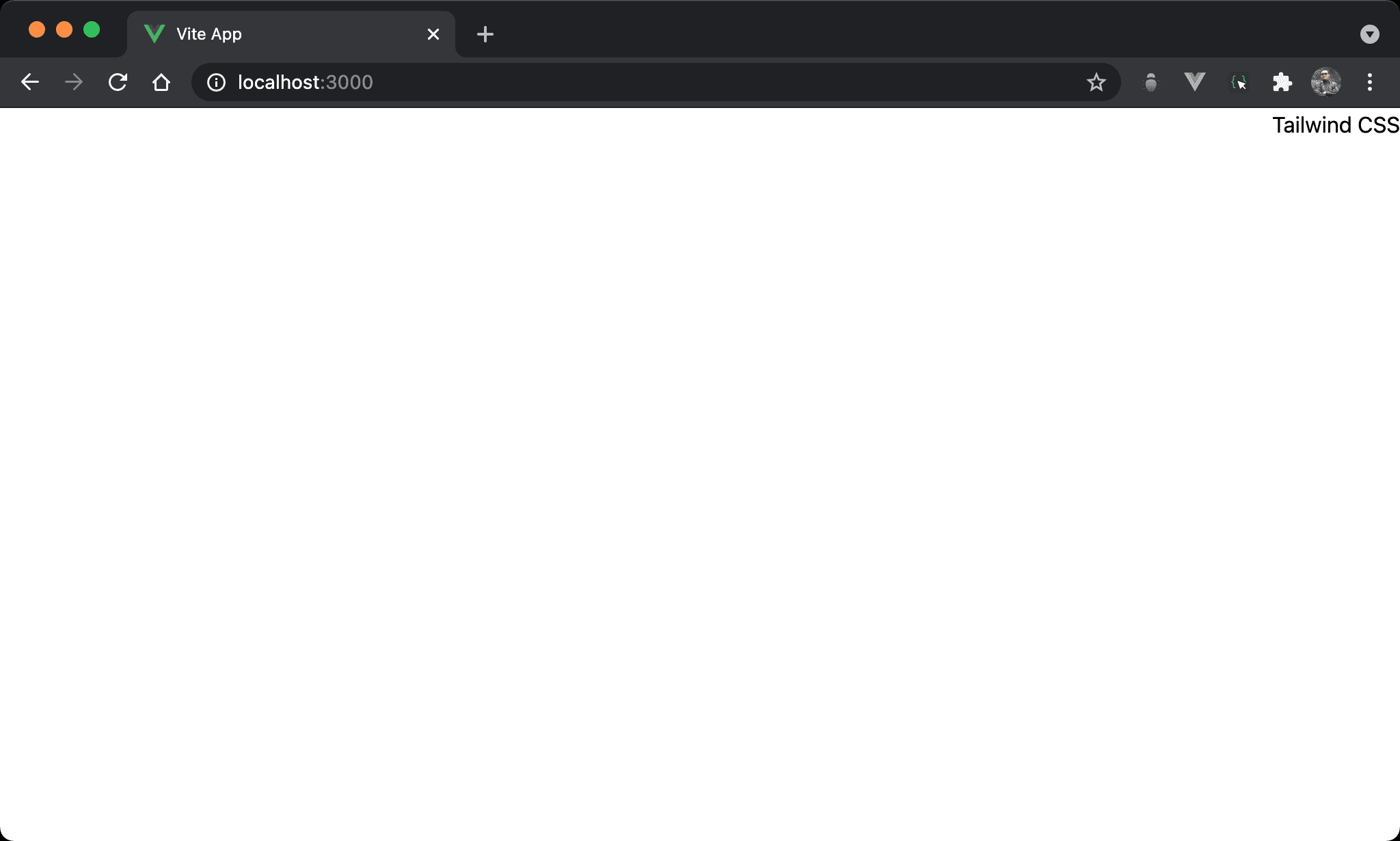水平靠右為實務上常見需求,Tailwind CSS 可由多種方式實現。
Version
Tailwind CSS 2.1.1
text-right

使用最簡單直覺的 text-right 使 CSS 水平靠右。
<template>
<div class="text-right">
Tailwind CSS
</div>
</template>
text-right:<div>為 block 會佔據一整行,直接使用text-right讓 content 水平靠右於<div>
ml-auto
w-fit

水平置中另一個直覺思維就是使用 ml-auto 自動調整 left margin 而水平靠右。
但有個前提是 content 的 <div> 必須內縮與 content 同寬,ml-auto 才有動態調整 margin 空間。
<template>
<div class="w-fit ml-auto">
Tailwind CSS
</div>
</template>
設定父層 box style:
w-fit:width 與 content 同寬,但仍維持其 block 特性,讓ml-auto有操作空間ml-auto:自動調整 left margin 而水平靠右
flex

為了讓 <div> 與 content 同寬,另一個技巧是父層 box 引入 Flexbox 使子層 item 與 content 同寬。
<template>
<div class="flex">
<div class="ml-auto">
Tailwind CSS
</div>
</div>
</template>
第 2 行
<div class="flex">
設定父層 box style:
flex:為了要使<div>能與 conent 同寬有 margin 可操作水平靠右
第 3 行
<div class="ml-auto">
設定子層 item style:
ml-auto:由於<div>與 content 同寬,因此可自動調整 left margin 而水平靠右
Flexbox
justify-end

Tailwind CSS 水平靠右,使用 justify-end 實現。
<template>
<div class="flex justify-end">
Tailwind CSS
</div>
</template>
設定父層 box style:
flex:子層 item 使用 Flexboxjustify-end: 直接將<div>水平靠右
justify-start

Tailwind CSS 水平靠右,改用 justify-start 實現。
<template>
<div class="flex flex-row-reverse justify-start">
Tailwind CSS
</div>
</template>
設定父層 box style:
flex:一樣使用 Flexboxflex-row-reverse:<div>從右向左justify-start: 從開始之處排序,由於<div>從右向左,相當於水平靠右
實務上不會使用這種方式,只是展示亦可使用
justify-start達成水平靠右
flex-grow

Tailwind CSS 水平靠右,但在子層 item 處理。
<template>
<div class="flex">
<div class="flex-grow"/>
<div>Tailwind CSS</div>
</div>
</template>
一個簡單的思路,分成 2 個 <div>,靠右 <div> 只跟著 content 本身而變,靠左 <div> 自然瓜分剩下 width,如此 Tailwind CSS 看起來如同水平靠右:
flex:外層<div>使用 Flexboxflex-grow:左側<div>使用flex-grow瓜分剩下 width
fixed

Tailwind CSS 水平靠右,但使用 fixed 處理。
<template>
<div class="w-fit fixed left-0 right-0 ml-auto">
Tailwind CSS
</div>
</template>
w-fit:width 與 content 同寬,但仍維持其 block 特性,讓ml-auto有操作空間fixed:使用 fixed positionleft-0、right-0:要使用ml-auto水平靠右,前提必須要有空間使其調整 margin,left-0於左側邊緣緊貼 browser,right-0於右側邊緣緊貼 browser,因此相當於架構出無形的矩形空間,只是受限於w-fit只顯示與 content 同寬部分,剩下空間可由margin: auto自由發揮而水平靠右ml-auto:自動調整 left margin 而水平靠右
absolute

Tailwind CSS 水平靠右,但使用 absolute 處理。
<template>
<div class="w-fit absolute left-0 right-0 ml-auto">
Tailwind CSS
</div>
</template>
設定父層 box style:
w-fit:width 與 content 同寬,但仍維持其 block 特性,讓ml-auto有操作空間absolute:使用 absolute position,因為其父層皆沒設定定位,相當於定位在windowleft-0、right-0:要使用ml-auto水平靠右,前提必須要有空間使其調整 margin,left-0於左側邊緣緊貼 browser,right-0於右側邊緣緊貼 browser,因此相當於架構出無形的矩形空間,只是受限於w-fit只顯示與 content 同寬部分,剩下空間可由ml-auto自由發揮而水平靠右ml-auto:自動調整 left margin 而水平靠右
relative

Tailwind CSS 水平靠右,但使用 relative 處理。
<template>
<div class="relative">
<div class="absolute right-0">
CSS
</div>
</div>
</template>
第 2 行
<div class="relative">
設定父層 box style:
relative:父層 box 使用 relative position,子層absolute將以此層定位
第 3 行
<div class="absolute right-0">
設定子層 item style:
absolute:子層 item 使用 absolute positionright-0:設定right為0,相當於水平靠右
Conclusion
- Tailwind 擁有多種方式水平靠右:
text-right、ml-auto、Flexbox 、fixed、absolute與relative,可視實際需求靈活運用